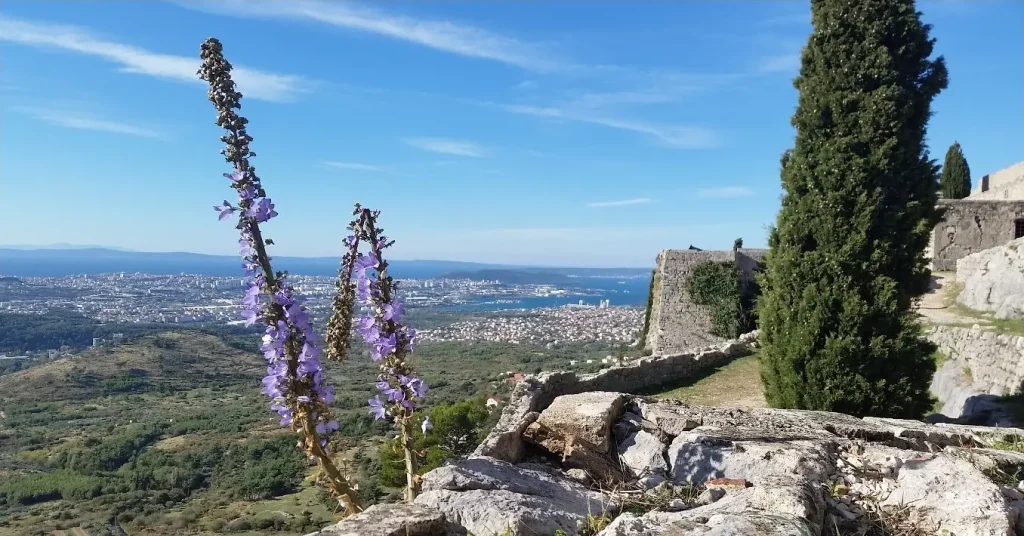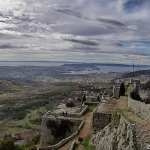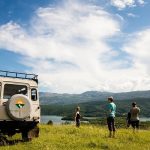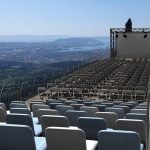July the 23rd, 2024 – The Klis Fortress plant life is a small, easily overlooked but fascinating coming together of two climates.
High up in the rugged mountains, overlooking the City of Split, the historic settlement of Klis stands on the border between two distinct climate regions – the Mediterranean and the Dalmatian hinterland. The sometimes rare Klis Fortress plant life is characteristic of both. A new book details the flora you can find on both sides of the Dinaric Alps.
The views from Klis are spectacular. The great city of Split lies below you, perched on the edge of the glistening Adriatic, beyond it, the islands of Čiovo, Šolta, Brac, Vis and Hvar. It’s a view that has been admired for over 2000 years.
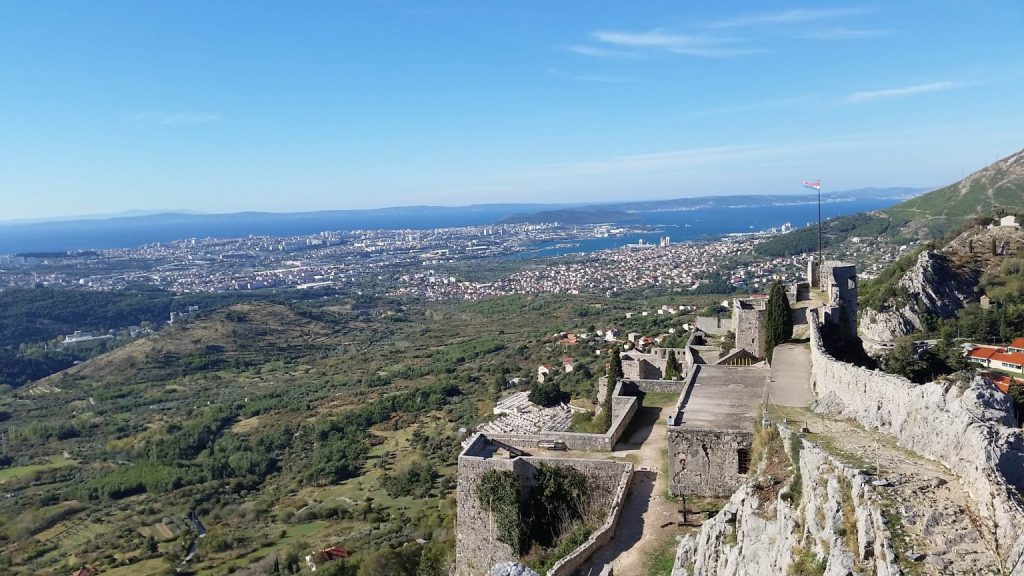
That’s how long a fortress has stood here. Restructured and rebuilt several times over the millennia, within the walls of the impressive Klis Fortress lie much of the recent history of these lands – of the Illyrians and the Romans, the arrival of both Slavic people and of Christianity, the defence of Christian Europe from the Ottomans. So steeped in history are these walls, little wonder the fortress was chosen as a filming location for the popular Game Of Thrones series.
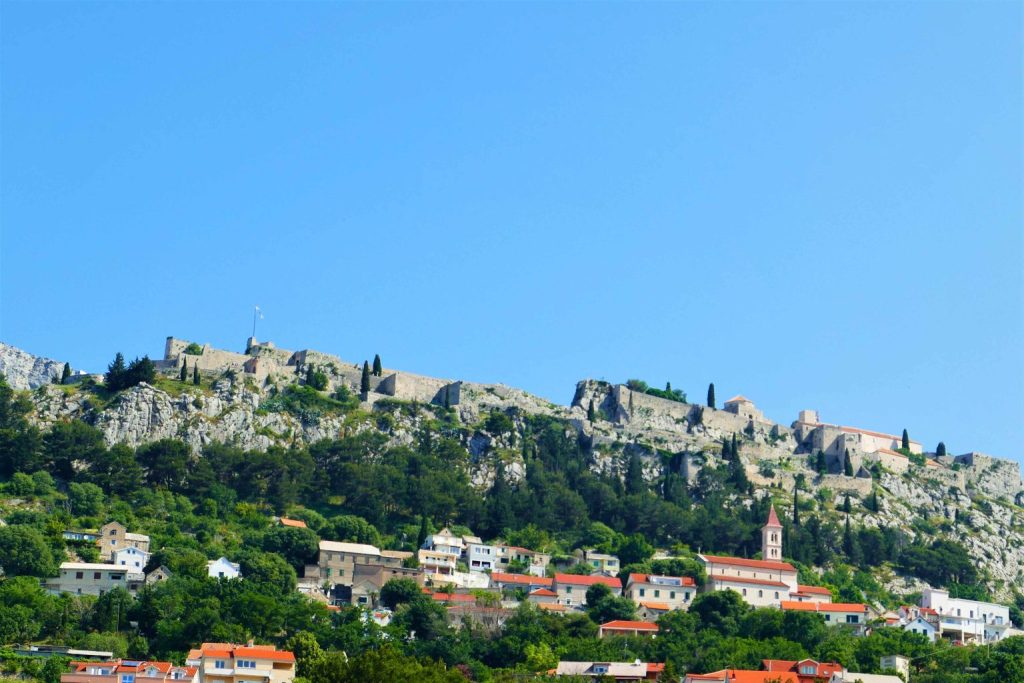
With its view so irresistibly inviting the eye, you could be forgiven for missing the Klis Fortress plant life. That’s unfortunate. The fort straddles the top of the Dinaric Alps – one half existing within the sub-Mediterranean climate of the Dalmatian hinterland, the other on the distinctly warmer side of the Adriatic. This creates a unique environment for a wealth of flora. Not used as a fortress since the threat of Ottoman invasion subsided, these days the structure usually welcomes only tourists. The Klis Fortress plant life has reached into the grounds of the buildings, indeed into its very walls.
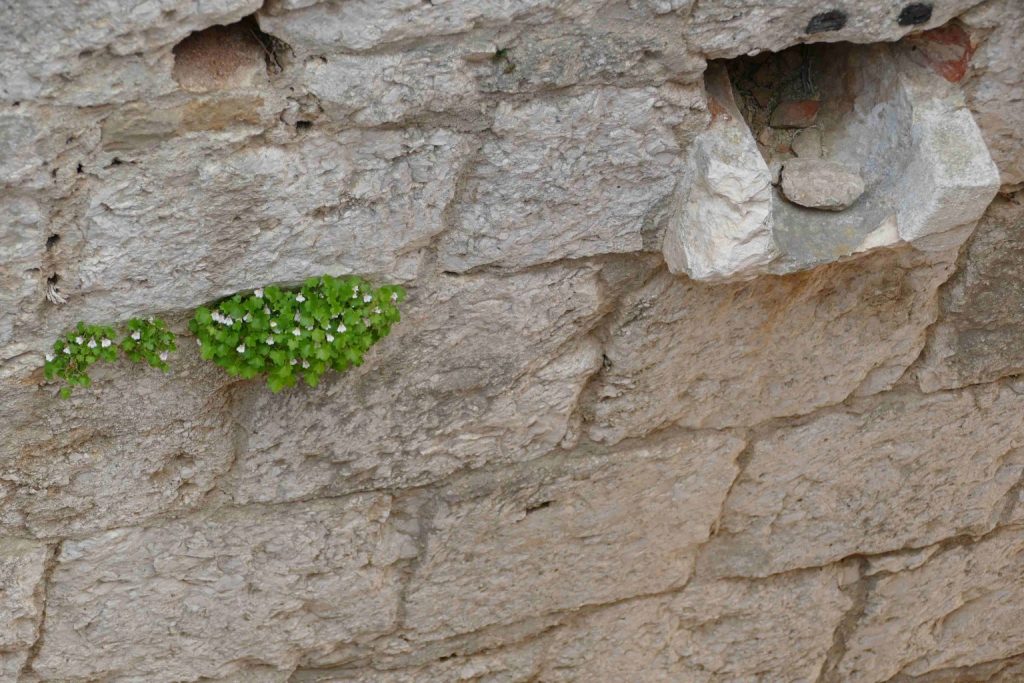
One person for who the plants of Klis Fortress did not go unnoticed is Ivan Limić. He lived in Klis all of his life, before leaving to get his degree, then a masters, at the Forestry department of the University of Zagreb. Today, he works for the Institute for Adriatic Crops and Karst Reclamation (IAC) on a PhD student’s position. Having a specific interest in botany, he knows the plants of Klis Fortress better than most and after he met botanist Vedran Šegota of Herbarium Croaticum while in Zagreb, they decided they should work on a project together. After several years of work, that project – a book, ‘Biljke Tvrdave Klis (Plants of Klis Fortress)’ – has finally been released. Although helmed by co-authors Vedran and Ivan, it has actually been a project that involved a much greater group of contributors, not least the community of Klis and some of the best botanists in Croatia.
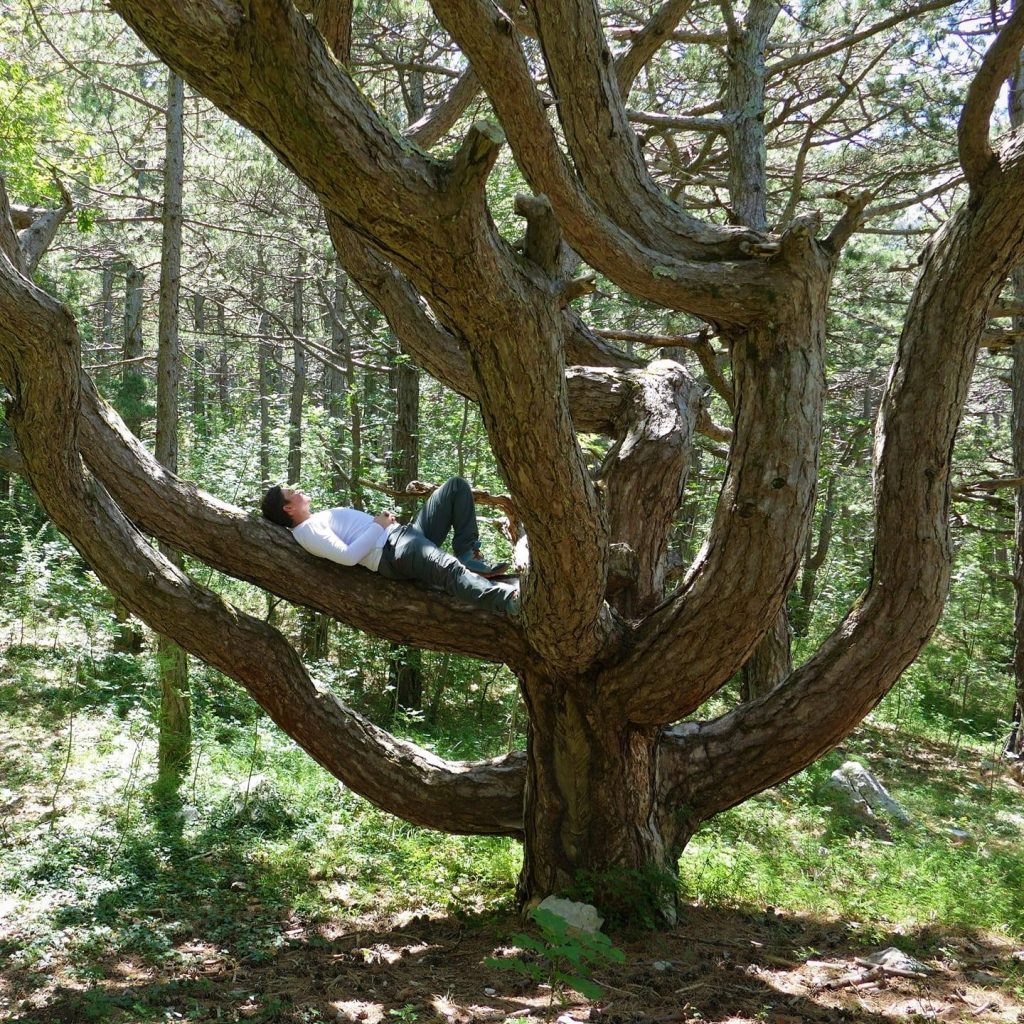
Ivan Limic reveals more on the klis fortress plant life
I first met Vedran when I started volunteering at Herbarium Croaticum Zagreb. I was in the city doing my degree. My main interests are forest silviculture and soil erosion, karst melioration, assessment of atmospheric deposition, study of flora, plant determination in Mediterranean region forest ecosystems and the effects of forest fires in those areas. We talked about doing a joint project because we shared similar interests. Vedran came to visit me in Klis and I wanted to show him around the fortress, but looking specifically at the flora. That’s when we decided we should compile a book about the Klis Fortress plant life.
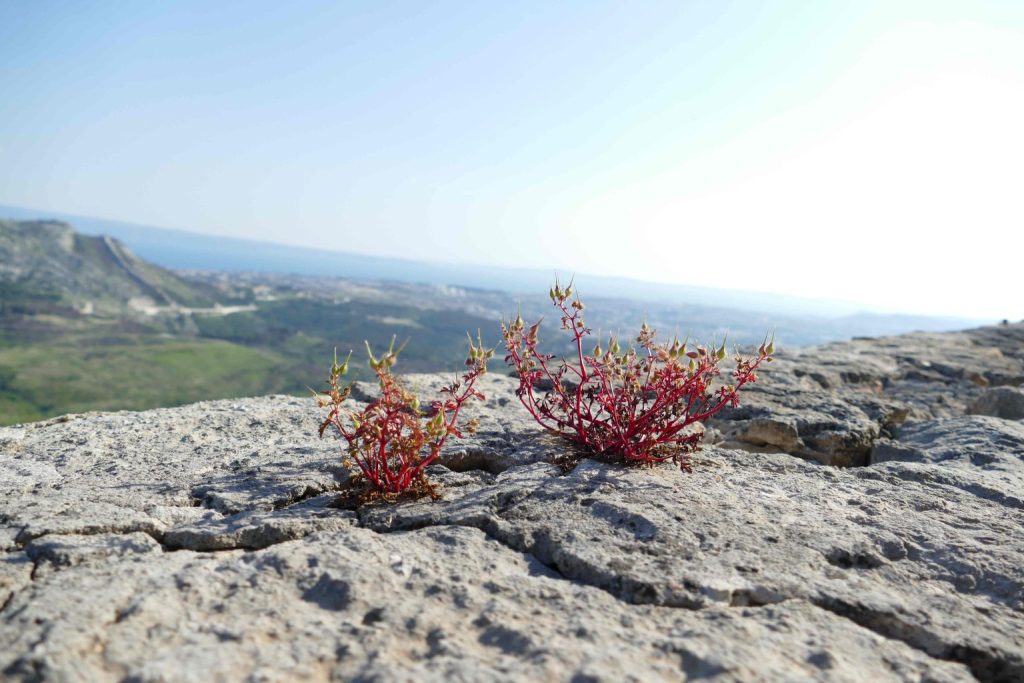
I walked around Klis Fortress all my life. When you live in a place, you not only acquire so much information about that place over the years, you also have an emotional connection to it. That’s not something you can read in every book. Hopefully, with our book, we managed to get a sense of that emotional attachment across, so that you can really feel the place.
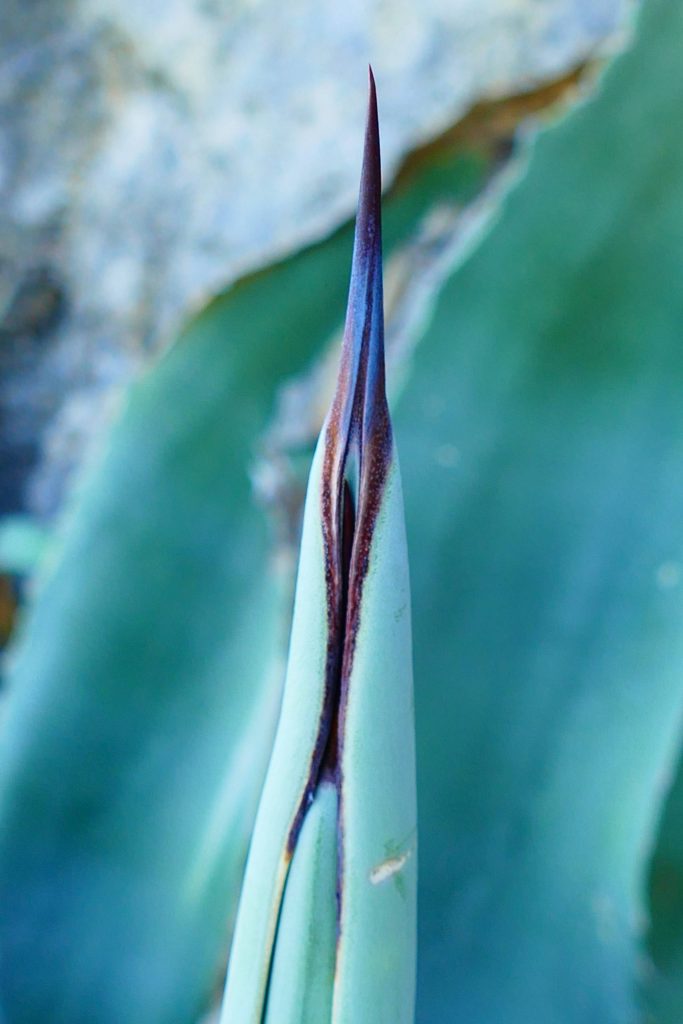
In a way, the special thing about the plants of Klis Fortress is that they are not so special at all – they are extremely characteristic. But, they are characteristic of two completely different climate regions.
On the south side of Klis Fortress, it is very warm and sunny – the Mediterranean climate. You can find species like Aleppo pine. On the northern side of Klis Fortress, it is colder – the sub-Mediterranean climate. Here, you can even get snow in winter and the most common species is Black pine. Two completely different climate regions in just a 50 metre stretch diagonally along the ground. That’s what makes it extraordinary.
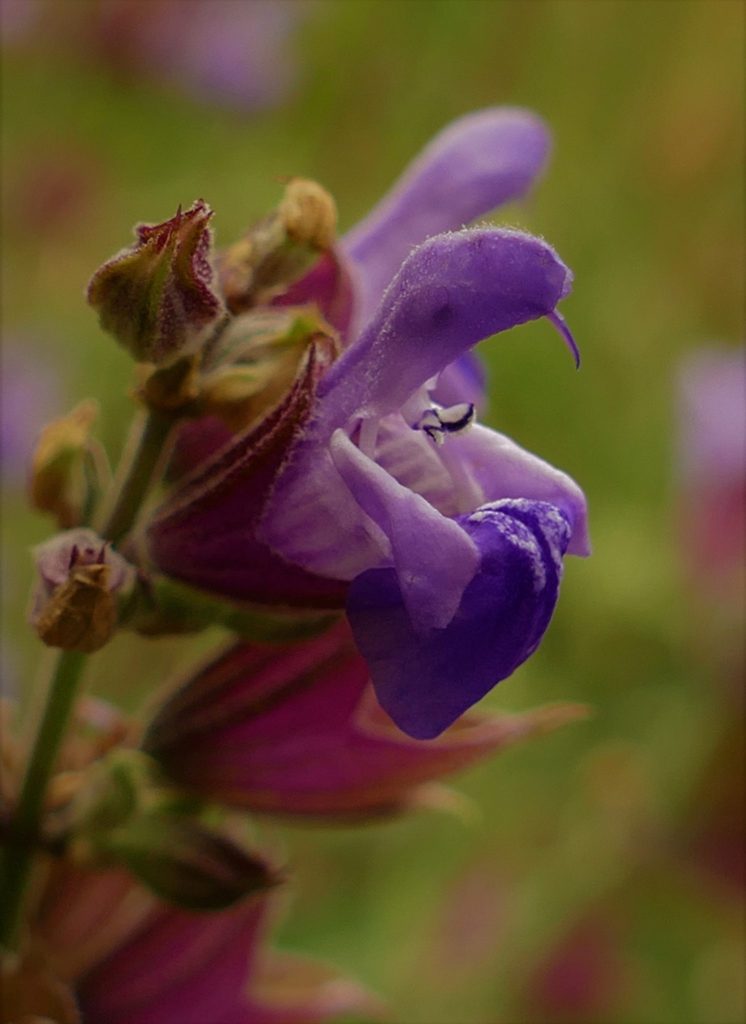
The range of Klis Fortress plant life includes more than 300 species. We have around 100 of them listed in the book. Of those, 16 are species endemic to this area. Some of those are extremely rare – you can find them in very few places in Croatia – such as Fibigia triquetra. That plant is actually one of the reasons why this book exists. When I was a child, people used to tell me that some of the plants of Klis Fortress were very unusual and very rare. I used to walk around the fortress, looking at all the plants, trying to guess which ones were the unusual and rare species.
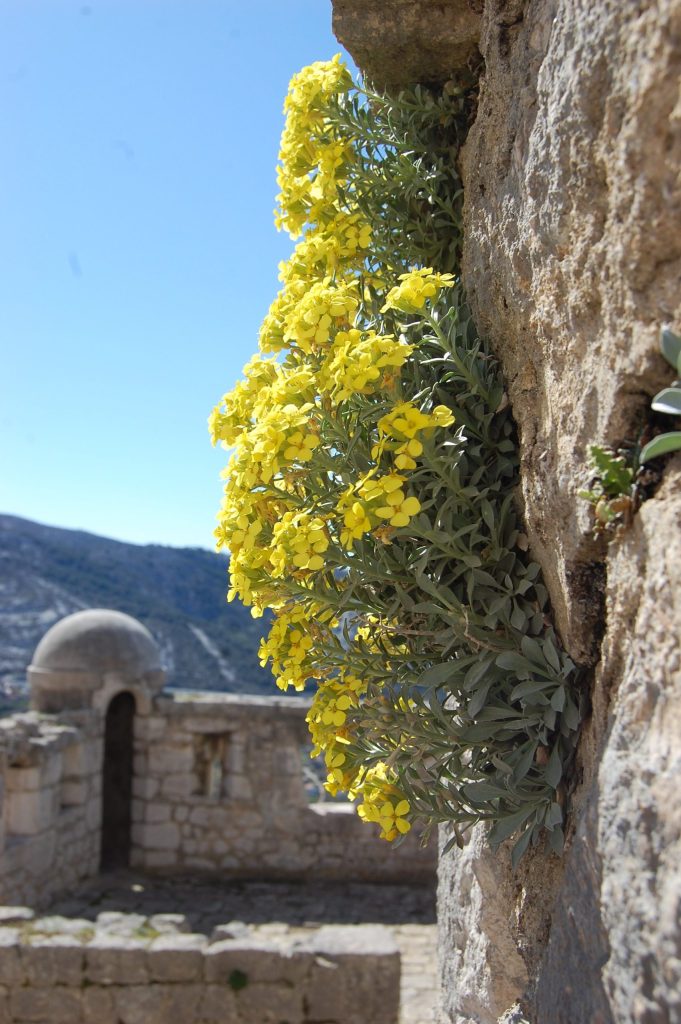
The man who first identified this as a unique, endemic species actually discovered his first specimen inside Klis Fortress. All of the studies and writings he made about the plant were done here. That plant is now the symbol of Klis Fortress.
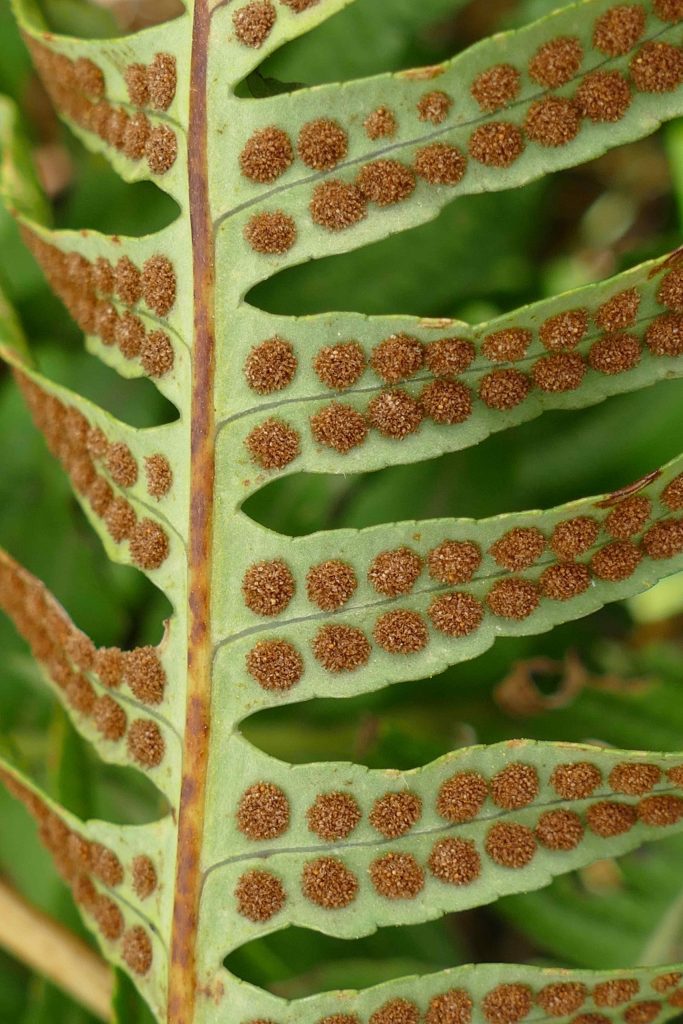
You can find our book in Klis library. Anyone can borrow it. It’s also available at the entrance to Klis Fortress, where you buy the tickets. We wanted to give the opportunity to anyone who comes here to learn about the plants of this region – that’s why we made such an effort to have the book in five languages. It was designed as a guide to the plant species of the whole Mediterranean mountain region in Croatia, so it’s not just for the plants of Klis Fortress or the people who come to Klis Fortress itself.
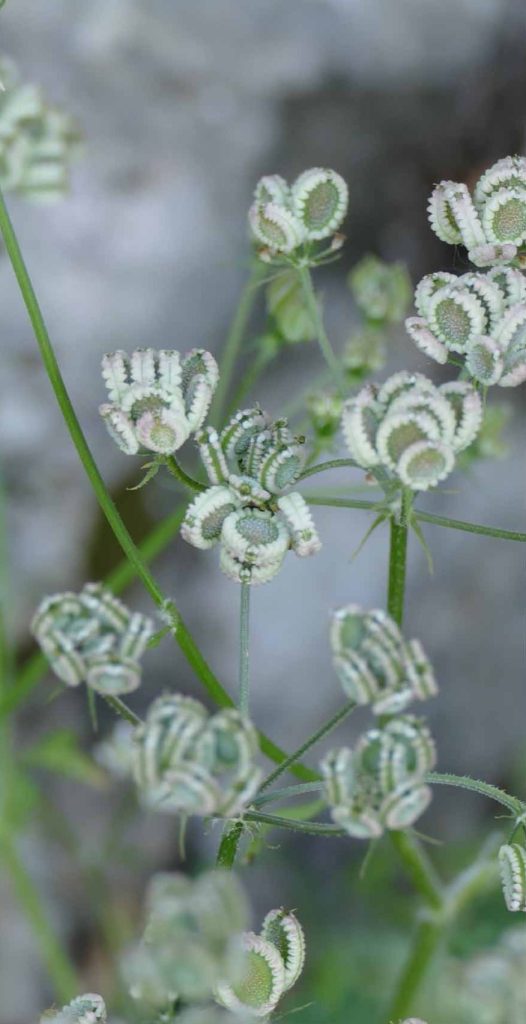
Most of the photography in the book was done by ourselves. It was important to take the photographs across four different seasons. That’s one of the reasons it took almost two years to write this book.
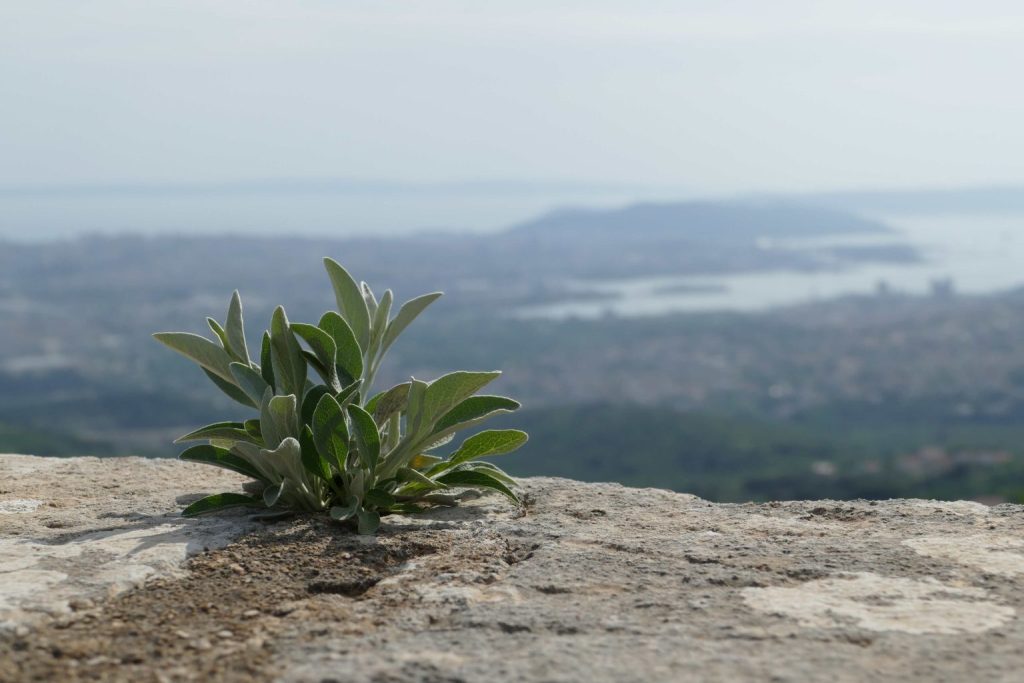
As we were making progress on the book, people in Klis began to find out what we were doing. It ended up becoming a project of the wider community. The mayor of Klis supported the project financially so that we were able to publish the book professionally and the library of Klis edited and published the book.
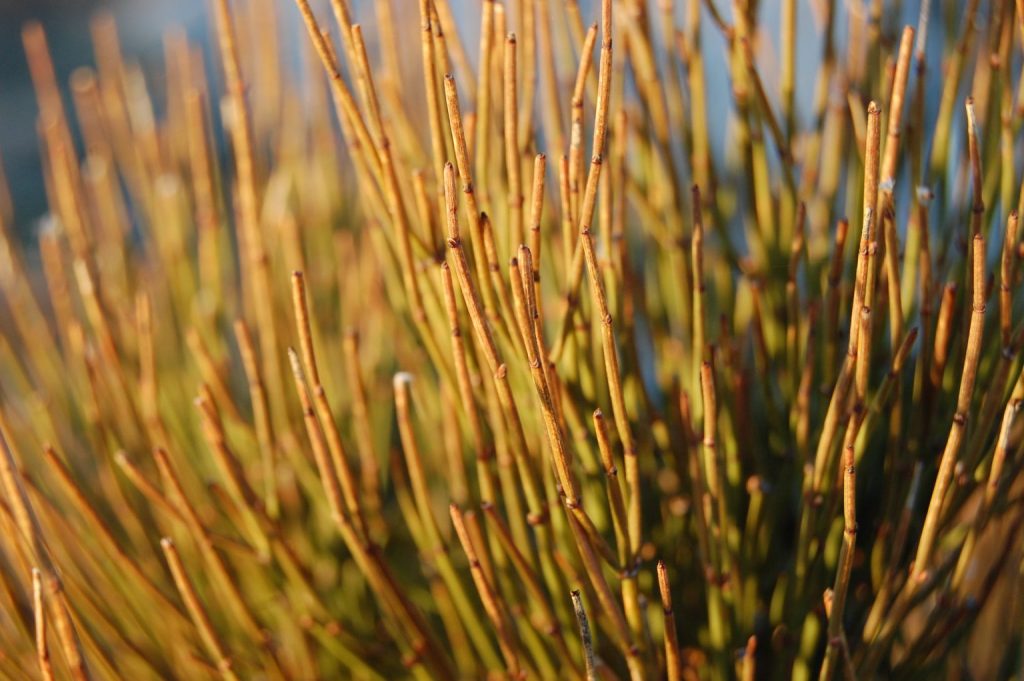
Others contributed to the design of the book and the translations, of course. Almost all of them donated their time and work to the project for free. It is quite difficult to translate some of this specific text correctly and we wanted to get it absolutely right.
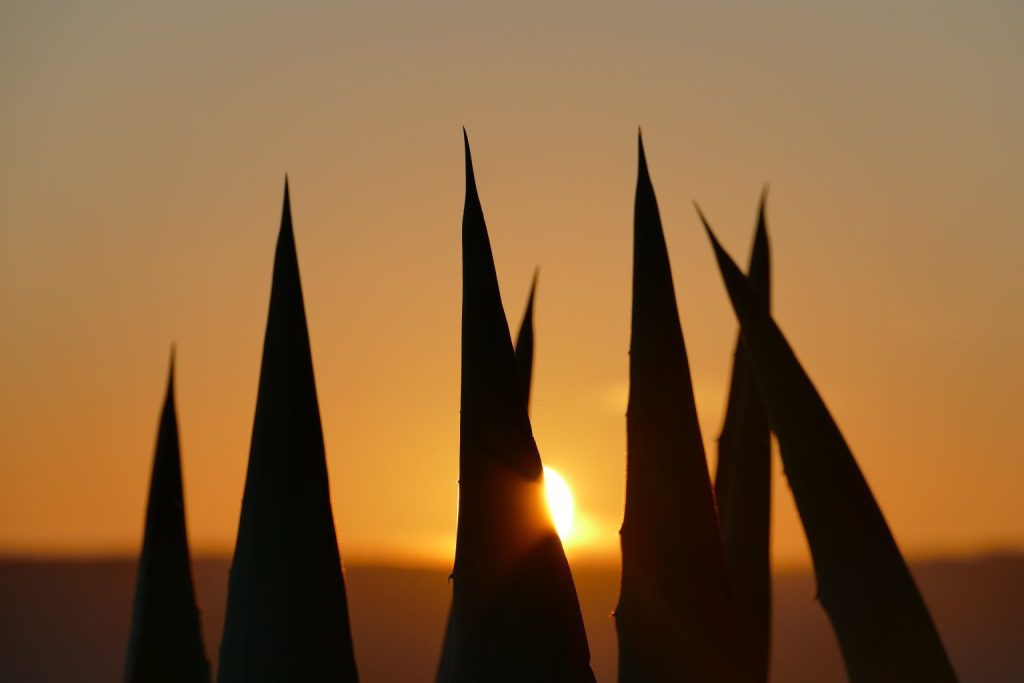
In the end, we ended up getting contributions from Italy and France, we had one colleague from the French embassy who helped and some of the best botanists we have in Croatia contributed to the book to make sure everything was absolutely correct. For that reason, the book was approved and recommended by the Botanical Society of Croatia and can be found in the Botanical library.

